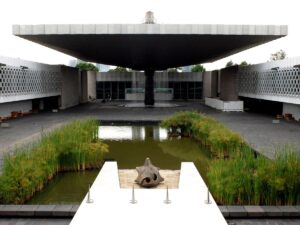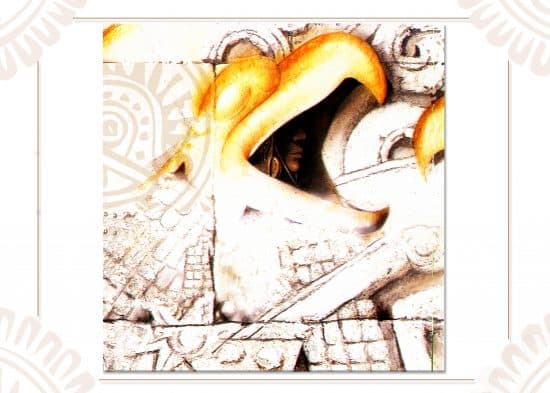Mexico is a country with a profusion of cultural and historical wealth.
Five hundred years ago, it became the melting pot of Spanish and indigenous groups from which the mestizo of modern Mexico was born.
There are relics of the past that gives evidence of the greatness achieved by the Pre-Hispanic peoples of Mexico.
The National Museum of Anthropology houses a vast collection of objects that display the evolution of Pre-Columbian cultures and the way of life of the indigenous groups of Mexico in our times.

National Museum of Anthropology by Ziko van Dijk
One of the most accepted theories about the origins of American man states that during the late Ice Age, a bridge of land connected America with Asia where Bering Strait now separates them and the first inhabitants of America, nomadic groups, wandered over this land bridge.
Later on, with the advent of agriculture, the primitive people of America left their nomadic way of life and became sedentary.
This cultural evolution brought on social organization, trading, and religion.
Prior to the Spanish conquest, the territory of what nowadays is Mexico was divided into two main regions.
The North mostly peopled by nomadic groups, and the South, which extended into Central America.
Several high cultures flourished in this region as a result of climate conditions favorable to agriculture. This area is known as Mesoamerica.
The people of Mesoamerica shared several cultural traits and followed a similar historical development. They created complex socioeconomic and religious organizations and built great urban centers.
Olmec Civilization (next page)


